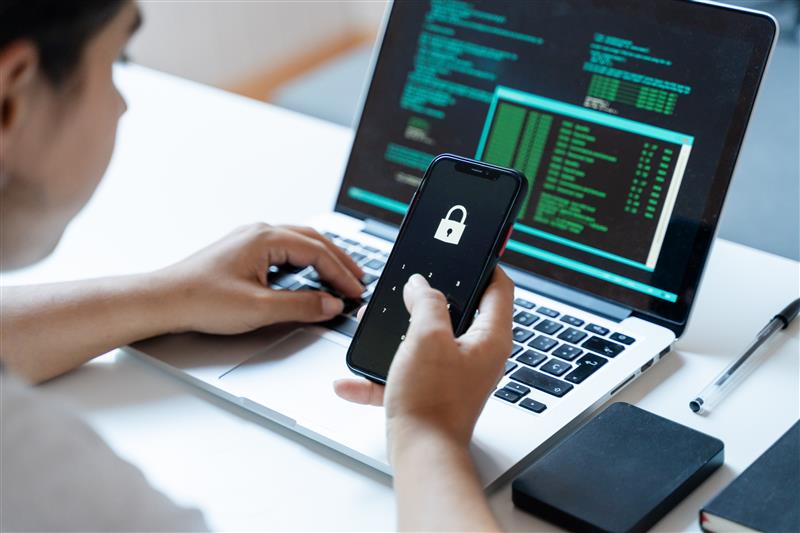Two Factor Authentication: What it is and Why it’s Key in Your Online Security

Your digital privacy is more at risk than ever
If the data breaches we have seen in the past few years have taught us anything, it’s that we should take our digital security seriously. And the number one reason breaches occur? Passwords. These days, the password with your kid’s name in it that you use for every account just isn’t going to cut it. An additional layer of protection is required.
Protecting your privacy with secure passwords
Incidents throughout the digital age have taught us that a simple password is not enough to protect yourself online. In fact, many breaches have been password-related.
You should be regularly updating your passwords, ensuring they are longer and more complicated than the classic '12345,' and not reusing the same one for every account.
The problem is that nobody does that. In fact, many of us reuse the same password everywhere. Unfortunately, that makes it easy for hackers to scoop them up and take advantage of you.
The benefits of two-factor authentication:
Two-Factor Authentication (2FA) adds a layer of protection to your password process. It considers two of three factors:
- Something you know (like a password)
- Something you have (like a phone, email, smart device)
- Something you are (like a fingerprint scan or face recognition)
By combining an additional layer of security to your accounts, it makes it harder for cybercriminals to break in. Typically, the reason cybercriminals are successful is that they figure out one of your passwords because we tend to reuse passwords for multiple accounts, essentially giving them the key to most or all of your sensitive information. If they are required to have a password plus a code that is texted to the phone number associated with the account (yours), they won’t be able to break in without doing some extensive digging.
Many people are using 2FA for their accounts every day without realizing it. Most banks nowadays require a username and password, and then a verification code sent to your phone. When logging into social networks like Facebook, you are required to receive a verification text if you log in from a different device or browser. It’s a simple technique that takes minimal time, but that extra step can protect you from internet fraud, breaches, and cybercrime.
How to set up two-factor authentication
Many sites and apps offer 2FA right in their settings but refer to it differently. On Apple iOS, for example, go to 'Passwords and Security' in your settings, and click “On” for 'Two-Factor Authenticator.' You can find out how to turn on similar features for your devices or accounts by browsing through settings.
Protect your privacy with IDShield
By setting up this simple process on your mobile device and computers, you are protecting your vulnerable data and keeping you and your family safe. These are proactive steps you can take on your own, but often additional protection is needed to shield you from cybercriminals.
IDShield can help you eliminate any unnecessary or overly invasive data sharing settings and help keep your family’s privacy safe.
IDShield is a product of Pre-Paid Legal Services, Inc. d/b/a LegalShield (“LegalShield”). LegalShield provides access to identity theft protection and restoration services. For complete terms, coverage and conditions, please see an identity theft plan. All Licensed Private Investigators are licensed in the state of Oklahoma. This is meant to provide general information and is not intended to provide legal advice, render an opinion, or provide any specific recommendations.



